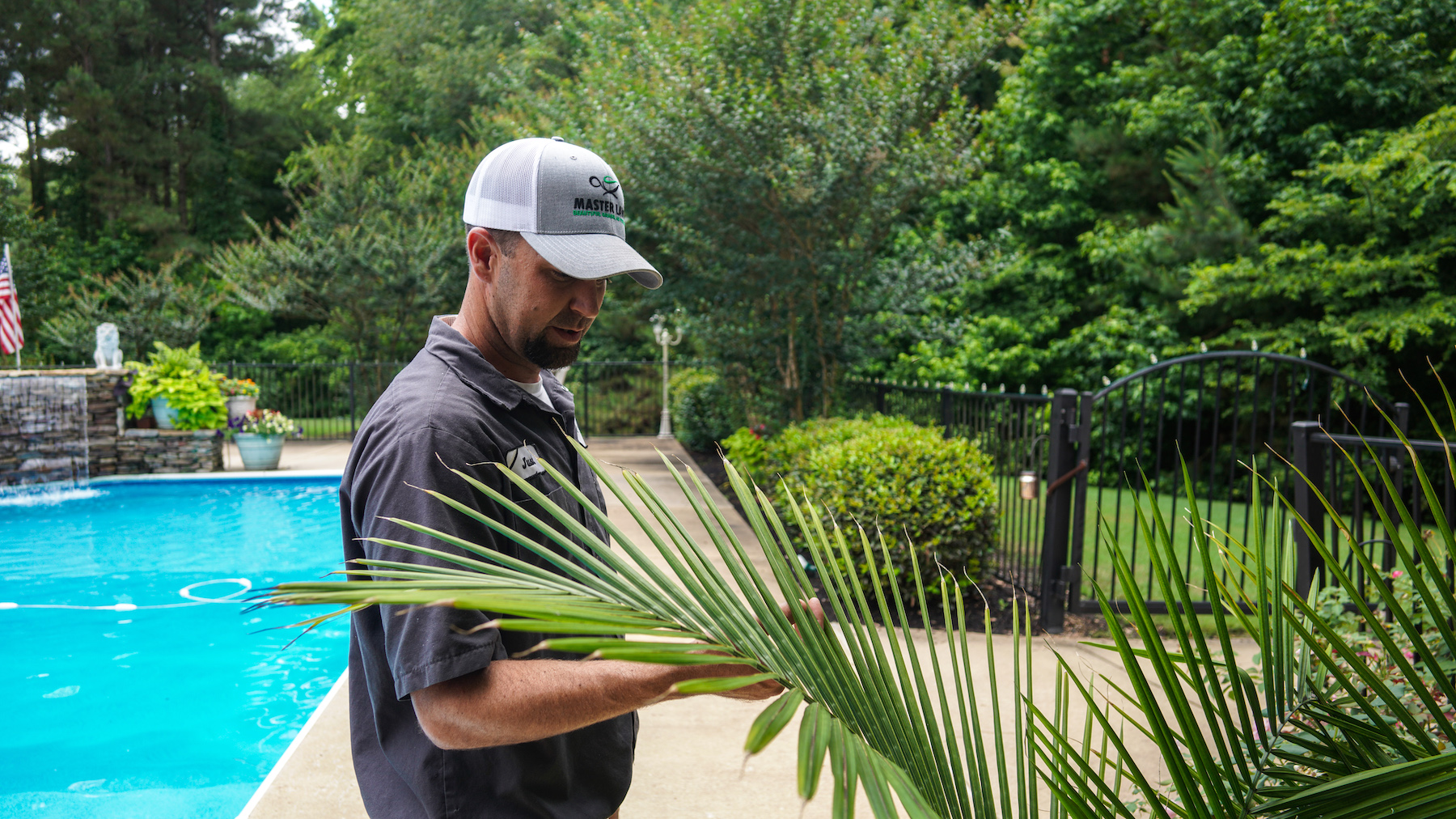
When it comes to figuring out what is wrong with your shrubs in Memphis, TN, and Northern MS, it can sometimes take some sleuthing. In order to determine if you have pests attacking your beloved plants, you may need to be a bit of a detective.
While we’re not expecting you to go out and become an expert, we do know that many homeowners want some advice on inspecting shrubs for pests so that they can get a sense of what might be going on with their property.
In this article, we’ll talk about how to inspect your shrubs for pests, why it’s important, and how you can begin the process of identifying shrub damaging insects.
Of course, keep in mind that this is not meant to replace the help of a professional—and if you’d rather not be involved in inspecting shrubs for pests you certainly don’t have to be! This is more meant to help you gain supplemental information that you can share with a pro when they come out to investigate.
Ultimately, even with all of the information that we share in this article, it won’t be enough to take the place of an extensively trained Plant Health Care technician who is dedicated to this type of work.
The process of scouting your property for pests should start with a close examination of your trees and shrubs.
Check the plant thoroughly. That means looking at the soil, at the leaves, at the stems—basically, everywhere. Pests are often amazing hiders so they can be difficult to find.
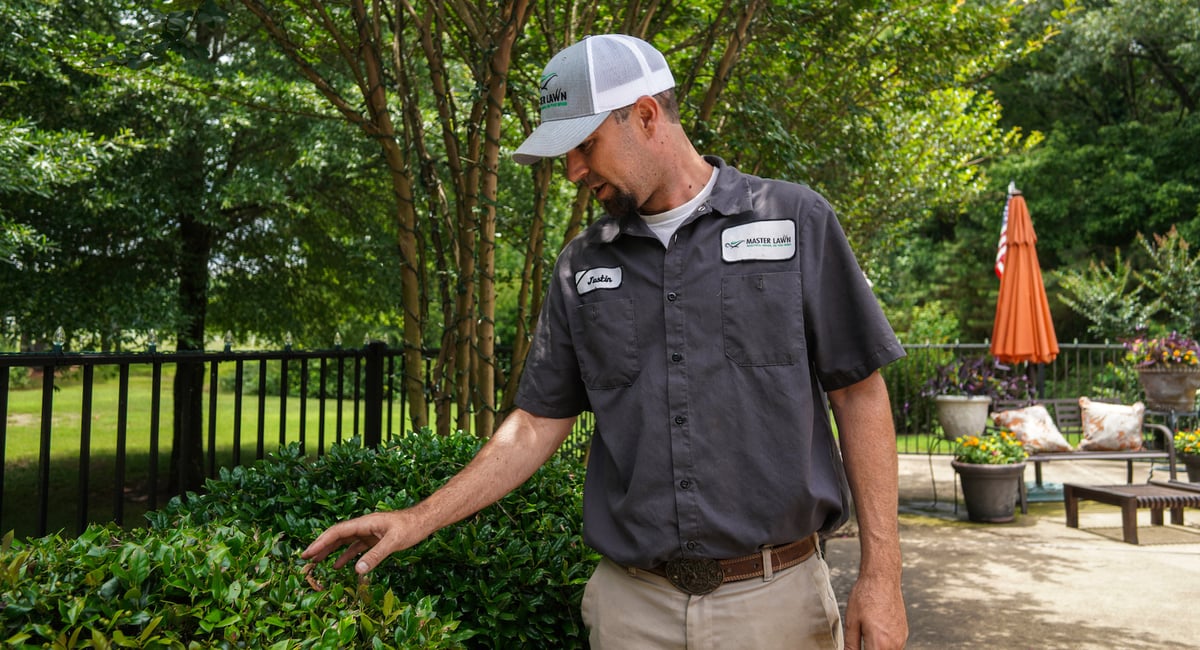
If you have a magnifying glass, that can be a helpful tool as you are inspecting shrubs for pests since many of these pests are very tiny.
In fact, some pests are microscopic, so you should also be looking for signs of a pest problem, as opposed to just seeking out the pests themselves.
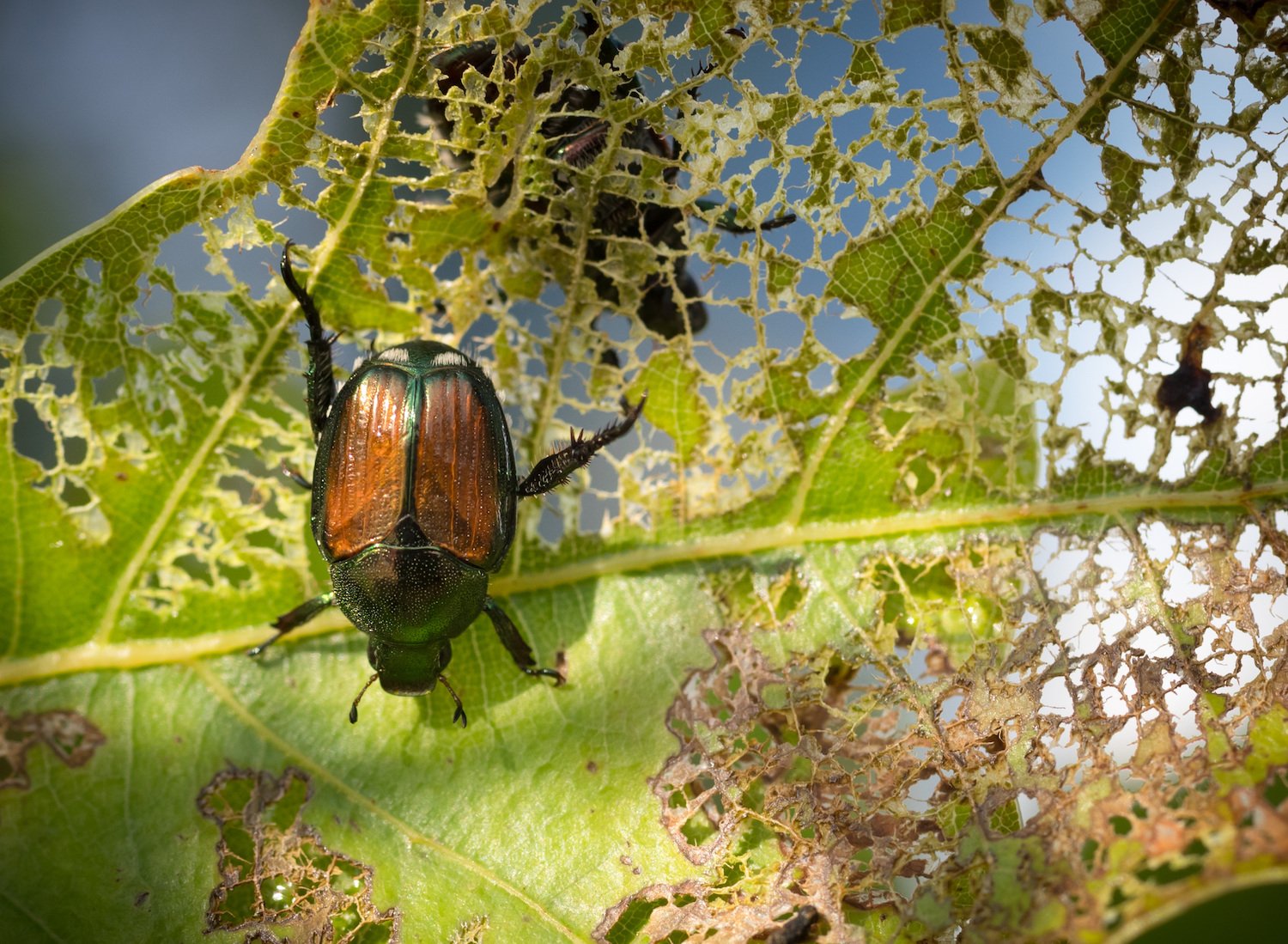
Here are some of the potential signs of a pest problem (recognizing that this is not a comprehensive list).
Whether you’ve noticed the actual pests (if they were large enough to see) or some of the signs of a pest, now you want to identify what type of insect is attacking your shrubs. Unfortunately, making this diagnosis is no simple feat.
A Plant Health Care expert will ultimately make a diagnosis based on a number of factors including the shrub species (certain shrubs are more prone to specific pest problems than others), what types of problems the shrub might have dealt with in the past, and what signs and symptoms they are seeing.
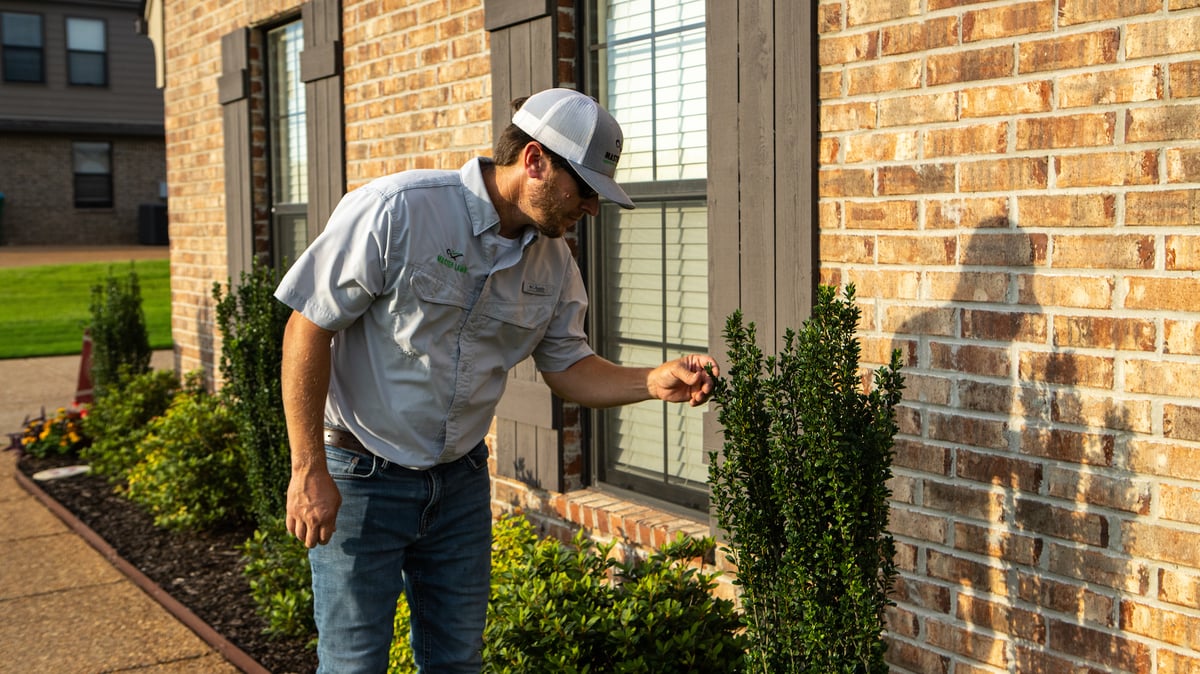
We have written an article on nine of the worst shrub pests that we often see in our region and it will help to match up some symptoms to specific pests. Here are just a few potential examples.
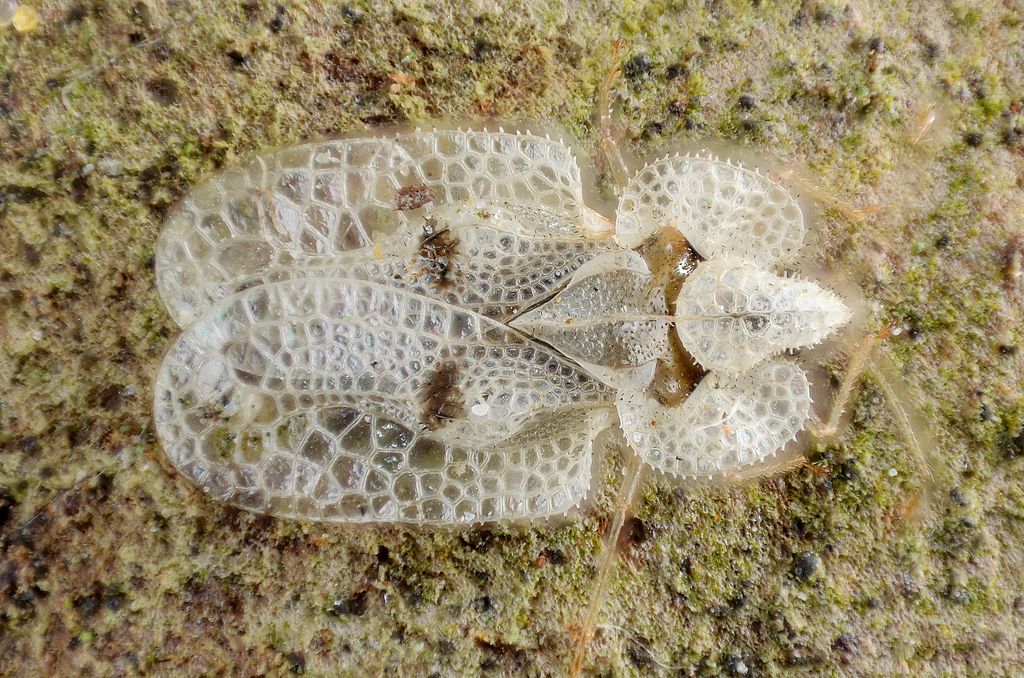
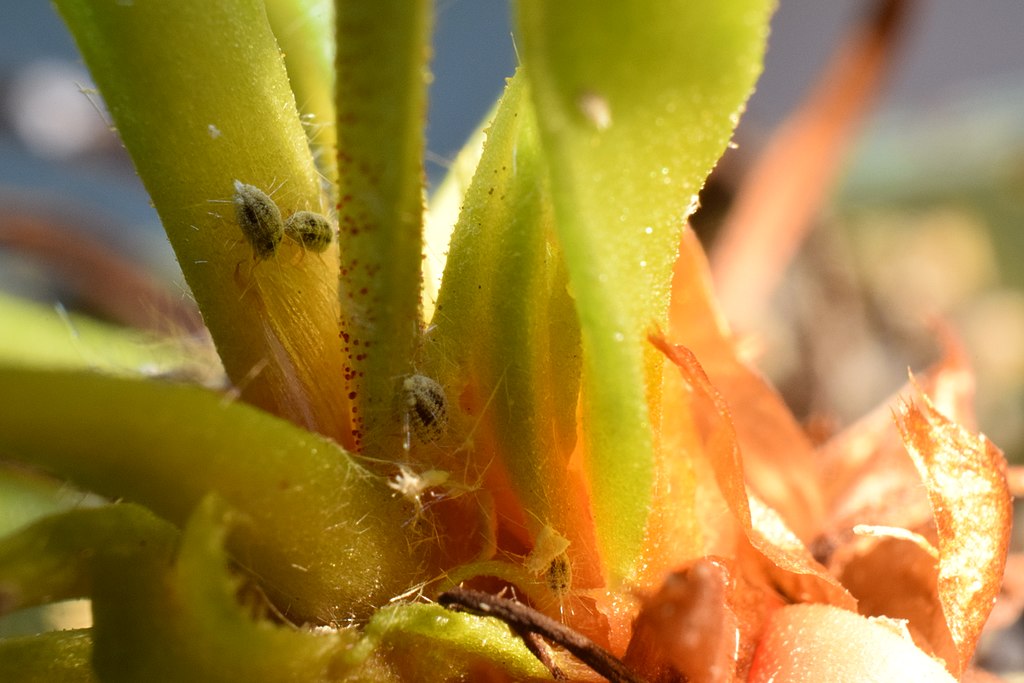
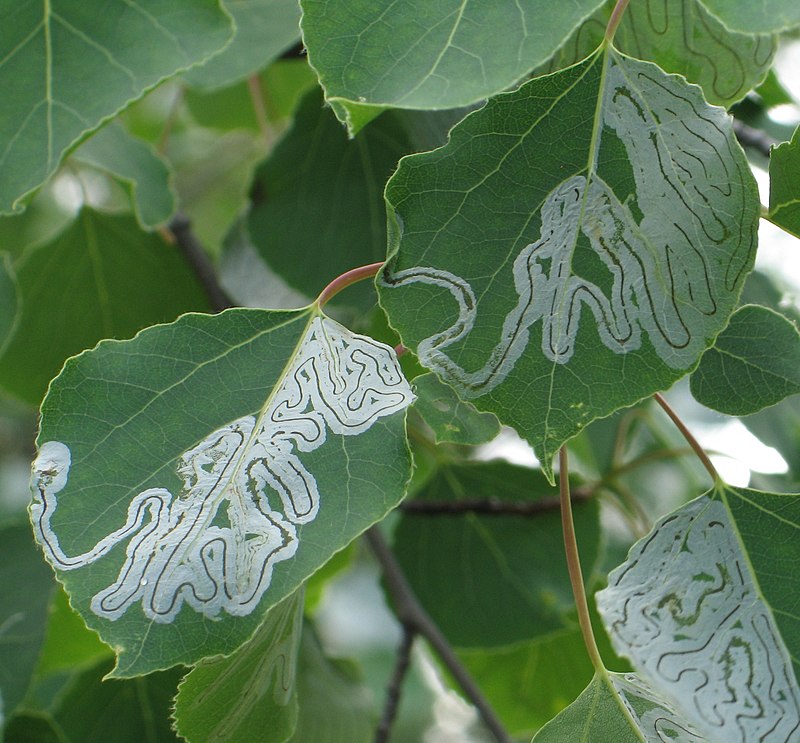
Of course, pest damage from different types of pests can be similar which is why it really does take a professional to make the final diagnosis.
Properly identifying shrub damaging insects is important as it will lead to implementing the best solution. Since different pests require different treatments, that proper diagnosis will be key.
While you might not be the one to make the final diagnosis, we really value your input as we tackle shrub problems on your property. As a homeowner on the property every day, you have the best chance at noticing these problems early on and monitoring your shrubs closely when you think there might be something going on.
As soon as you suspect that something is wrong, we urge you to reach out.
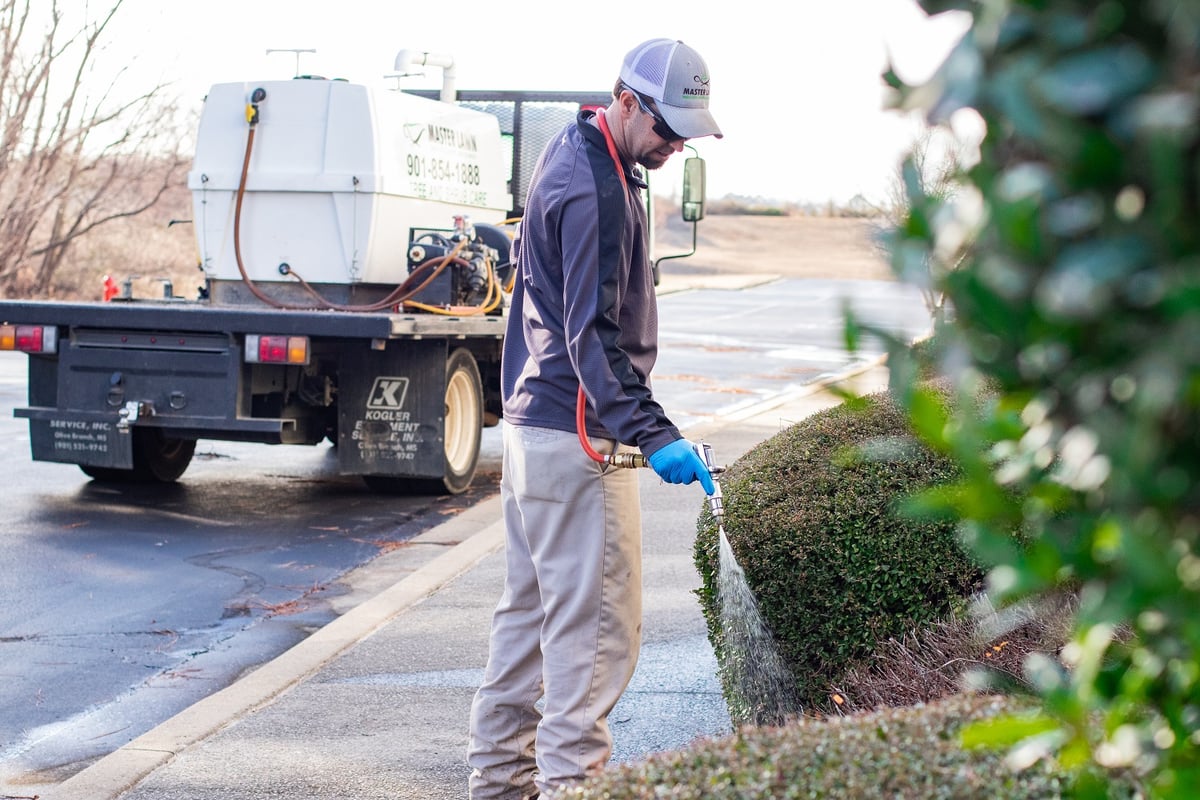
Oftentimes, these issues can be remedied quickly with a Plant Health Care solution.
But the sooner that you get in touch, the less chance of irreversible damage. It’s important to restore the health of your plant as swiftly as possible. Many of these pests can be highly destructive and do damage pretty quickly. That’s why it always pays to be keeping an eye on your shrubs and letting us know if you notice something seems to be awry.
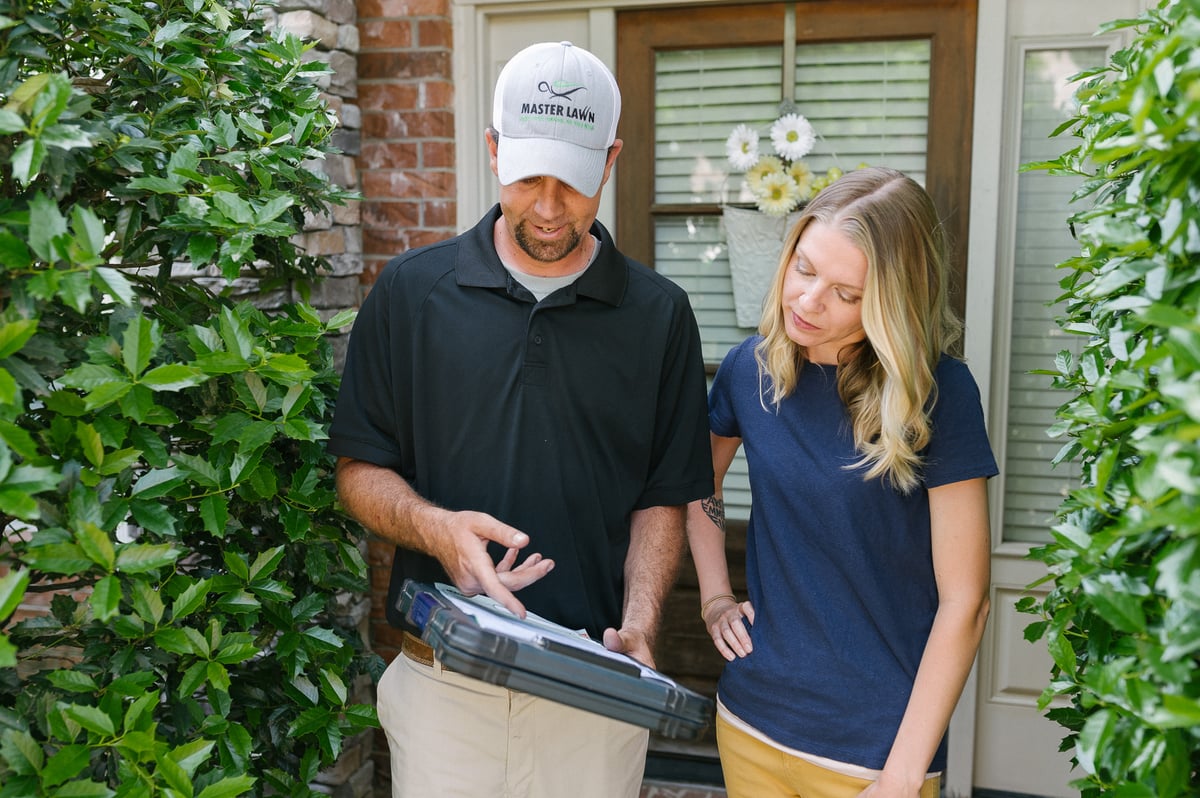
In fact, at Master Lawn, we even encourage homeowners to text us photos of potential problems that they notice in between our visits if there is something going on. We understand that with issues like pests, these problems can come on relatively quick and time is truly of the essence.
While there are certainly curative treatments to deal with some of the pests that we talked about in this article (as well as others), ultimately the best course of action against pests is preventing them in the first place.
With a Plant Health Care program, a lot of pest problems can potentially be prevented. The best strategy is to employ a program that will proactively manage these issues and also keep plants thriving and healthy so that they can fight back against problems when they do arise.
At Master Lawn, we take a proactive approach to shrub care that is focused on preventing problems we’re able to prevent. Of course, we’re also looking to catch problems early, too. That’s why your help in keeping an eye on shrubs in between your visits can be very helpful!
While we always have a close eye on your property when we are there, we also value you (and your new diagnostic skills) so that we can help to tackle any pest problems that might arise.
Ready to invest in protecting your plants’ health at your Memphis, TN or Northern Mississippi home? Request a quote, get your customized plan, and become the master of your landscape.
Image Source: lacebugs, mealybugs, leaf miners
Michael Hatcher is president of Michael Hatcher & Associates.
These Stories on Insects & Pests
8255 Center Hill Rd
Olive Branch, MS 38654
8164 MS-178
Olive Branch, MS 38654
Phone: (901) 445-9336
Fax: (901) 853-7353
Copyright © Master Lawn | All Rights Reserved.